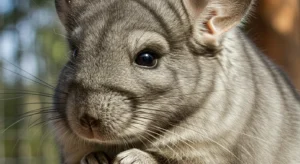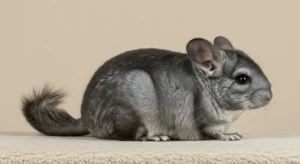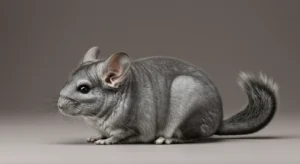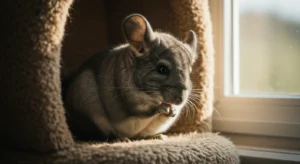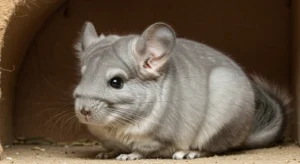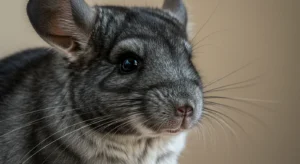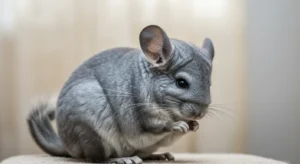Temperature Needs: Keeping Your Chinchilla Comfortable
Originating from the cool, high altitudes of the Andes Mountains, chinchillas are uniquely adapted to cold environments thanks to their incredibly dense fur. This same adaptation makes them extremely susceptible to overheating in warmer temperatures. Maintaining the correct temperature range is not just about comfort; it’s critical for a chinchilla’s health and survival.
Highly Sensitive to Heat
A chinchilla’s fur is one of the densest in the animal kingdom, with multiple hairs growing from each follicle. This provides excellent insulation against cold but makes it very difficult for them to dissipate body heat. They cannot sweat effectively like humans, and panting is inefficient for cooling them down. Therefore, exposure to high temperatures poses a significant and potentially fatal risk.
Ideal Temperature Range
The optimal temperature range for pet chinchillas is generally considered to be between 60°F and 70°F (approximately 15°C to 21°C).
- Comfort Zone: 60-70°F (15-21°C)
- Caution Zone: 70-75°F (21-24°C) – Monitor closely for signs of distress. Risk increases.
- Danger Zone: Above 75°F (24°C) – High risk of heatstroke. Immediate action needed to cool the environment.
- Critical Zone: Above 80°F (27°C) – Extremely dangerous, potentially fatal heatstroke very likely.
Humidity also plays a role. High humidity makes it harder for chinchillas to cool down, even at moderately warm temperatures. Aim for humidity levels below 60%, ideally around 40-50%. Maintaining the correct chinchilla room temperature is non-negotiable.
Dangers of Overheating (Heatstroke)
Heatstroke (hyperthermia) occurs when a chinchilla’s body temperature rises to dangerous levels, and they cannot cool down. It’s a veterinary emergency that can cause organ damage, brain damage, and death, often very quickly.
Recognizing Signs of Heatstroke
Act immediately if you notice any of these signs:
- Lethargy, weakness, reluctance to move
- Lying stretched out, often flat on their belly
- Panting or open-mouth breathing
- Bright red ears and gums (vasodilation as the body tries to shed heat)
- Drooling
- Rapid or shallow breathing
- Unsteadiness, stumbling
- Seizures or collapse (in severe stages)
Heatstroke is an emergency! If suspected, immediately move the chinchilla to the coolest, darkest area available, offer cool (not ice-cold) water, gently dampen their ears and feet with cool water, and contact your exotic vet or an emergency animal hospital without delay.
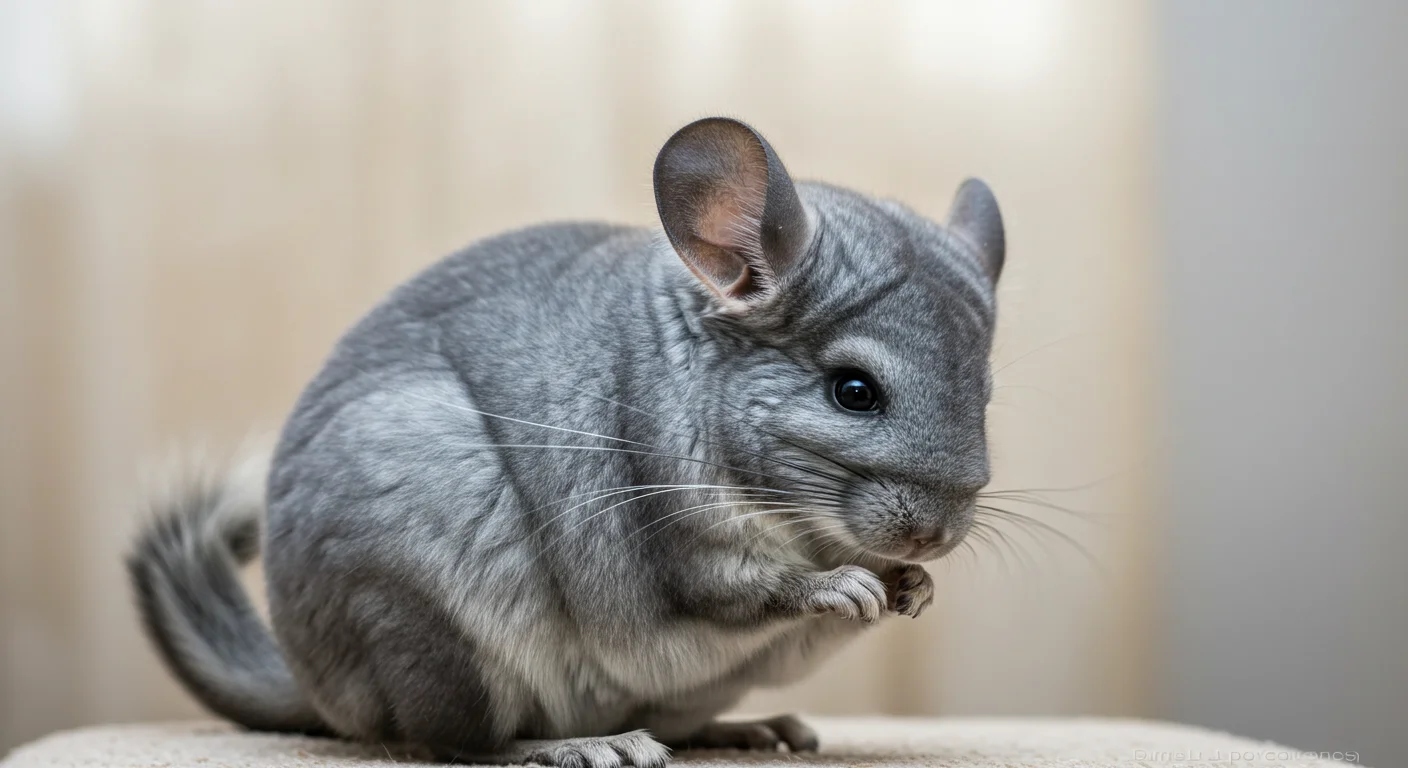
Maintaining a Cool Environment
Preventing overheating is key:
- Air Conditioning: The most reliable method, especially in warmer climates or during summer. Set the thermostat to maintain the ideal range.
- Cage Placement: Keep the cage out of direct sunlight and away from heat sources (radiators, vents, electronics). Basements or rooms on lower floors are often naturally cooler.
- Ventilation: Ensure good airflow around the cage (but avoid direct drafts blowing *on* the cage). Wire cages are essential.
- Cooling Granite/Marble Slabs: Place a tile of granite or marble (chinchiller stones) in the cage. These stay cool and provide a spot for the chinchilla to lie on. Chill them in the refrigerator for extra cooling effect (but not freezer – too cold).
- Fans: Use fans to circulate air in the room (not blowing directly on the cage, which can be stressful). Fans cool people by evaporation, which doesn’t work well for chins, but air circulation helps prevent hot spots.
- Dehumidifier: Use if humidity levels are consistently high.
- Frozen Water Bottles (Use Caution): Wrap a frozen water bottle in a towel or fleece and place it *outside* the cage bars near a resting spot. Ensure the chinchilla cannot chew the plastic and that condensation doesn’t soak the bedding excessively.
Having reliable chinchilla cooling methods for summer prepared is vital.
What About Cold Temperatures?
While much more tolerant of cold than heat, chinchillas shouldn’t be kept in freezing conditions. Avoid temperatures consistently below 50°F (10°C). They need protection from drafts. If the room is consistently cool (low 60s°F), ensure they have cozy hideaways (like fleece cubes or extra bedding) to snuggle into.
Monitoring Temperature
- Use a Thermometer: Place a reliable thermometer *near* the cage (not inside where it could be chewed) at cage level to accurately track the ambient temperature.
- Check Regularly: Especially during weather changes or if using heating/cooling systems.
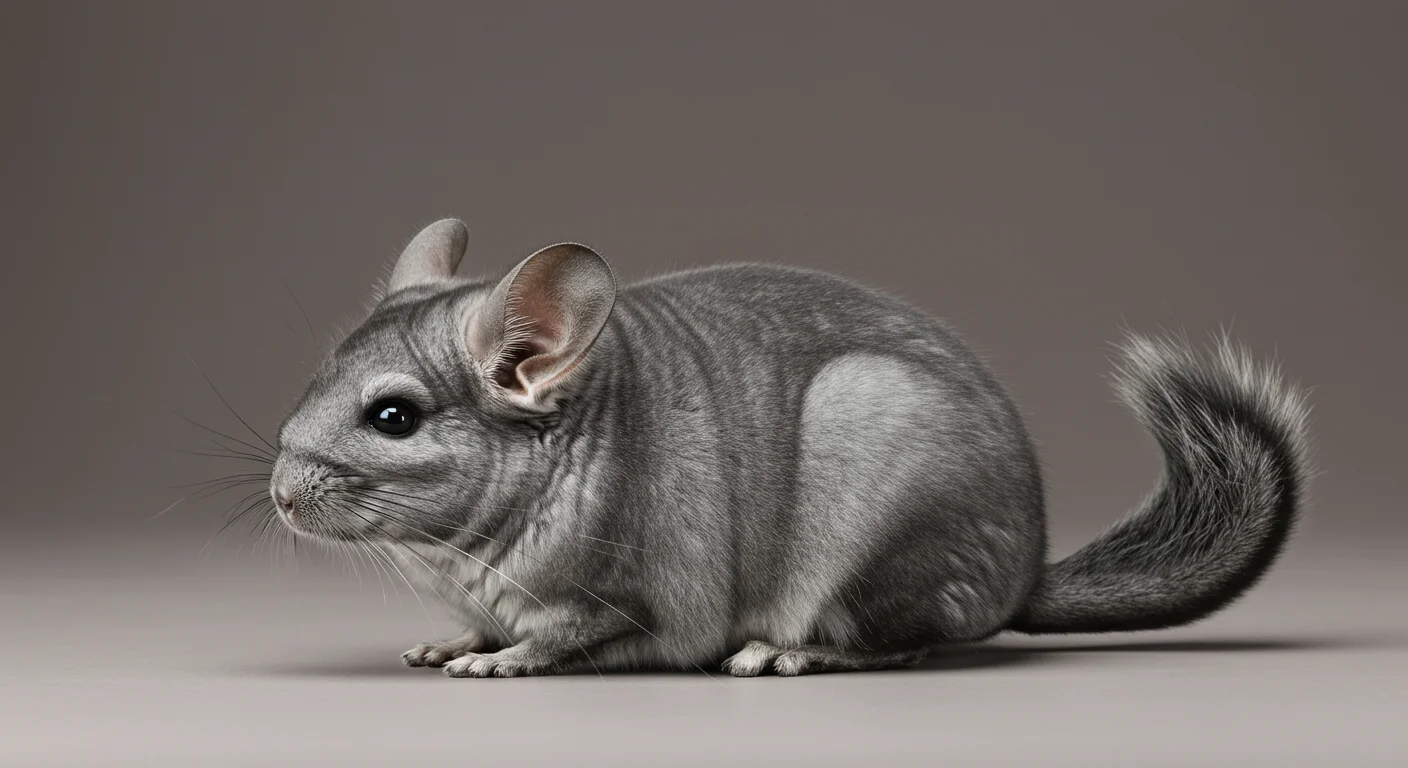
Managing the temperature of your chinchilla’s environment is a fundamental aspect of their care. By understanding their sensitivity to heat and taking proactive steps to maintain a cool, comfortable space, you safeguard them against the serious risks of overheating.
